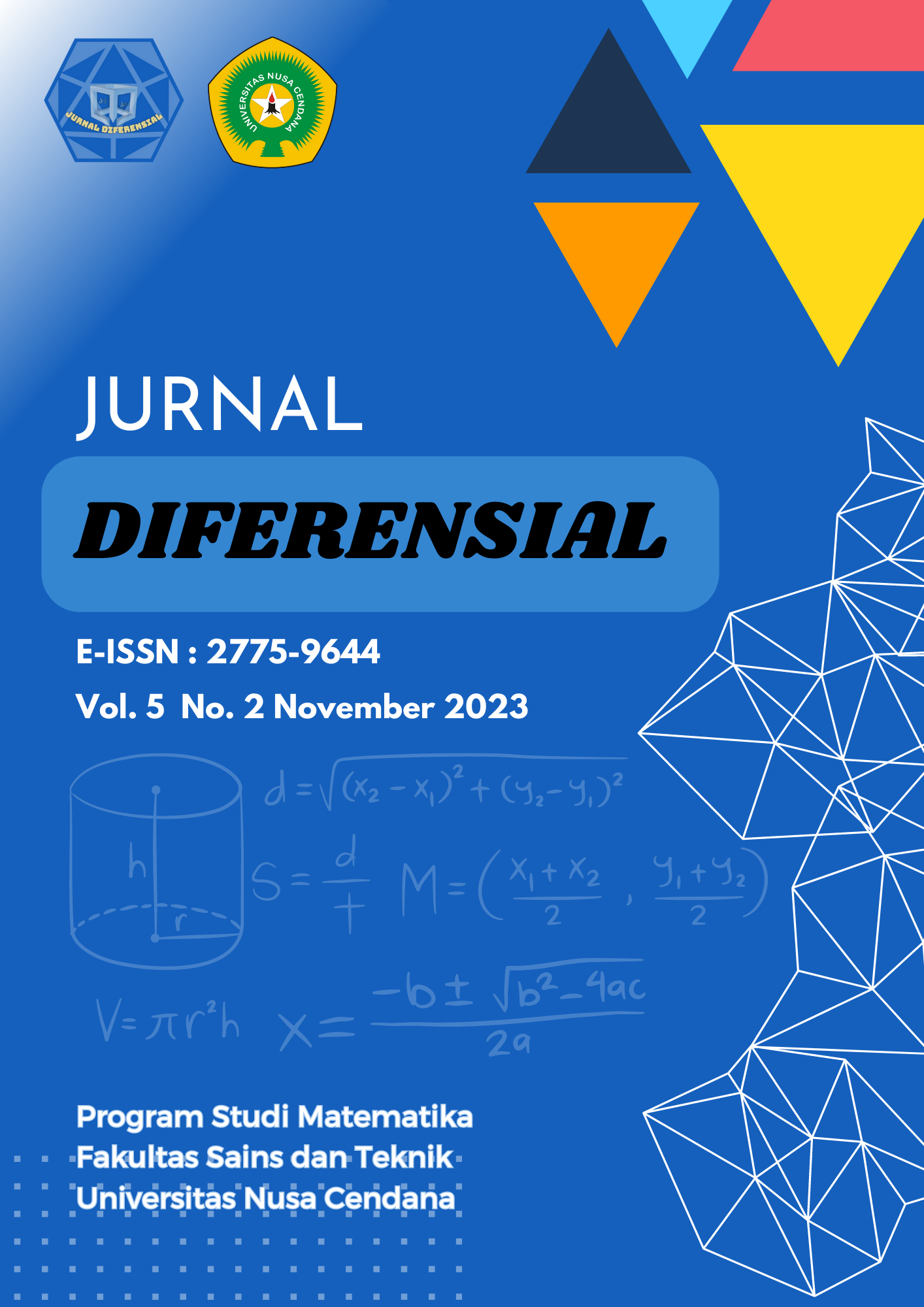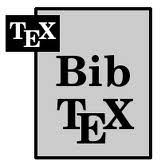GEOGRAPHICALLY WEIGHTED RIDGE REGRESSION MODELING AT THE OPEN UNEMPLOYMENT RATE IN WEST KALIMANTAN
Abstract
Geographically Weighted Ridge Regression (GWRR) is a development of ridge regression by adding a weighting element as additional information. GWRR is used to overcome spatial data containing local multicollinearity by modifying the ridge regression and GWR. The purpose of this study was to construct the GWRR model and analyze the effectiveness of the GWRR model in overcoming multicollinearity problems in spatial data. The research data used consists of response variables, namely the value of the open unemployment rate $(Y)$ in districts/cities of West Kalimantan Province in 2021 and the explanatory variables used are district/city minimum wage $(X_1)$, population $(X_2)$, percentage of poor population $(X_3)$, labor force $(X_4)$, and average years of schooling $(X_5)$. The analysis process was first carried out by using multiple linear regression modeling and GWR modeling. After that, centering and scaling transformations were carried out on the data, followed by GWRR modeling to overcome the problem of multicollinearity in spatial data. After all the models were obtained, a model comparison was made in terms of the MSE value. Based on the results of the study, 14 GWRR models were obtained by dividing into three regional groups based on the factors that affect the open unemployment rate for each district/city in West Kalimantan Province. In the comparison of the models used, when viewed from the MSE value, the GWRR model has the highest MSE value compared to the linear regression model and the GWR model. Even though the MSE value in the GWRR model is the largest among the three models, in the GWRR model the problem of multicollinearity can be resolved.
Downloads
Copyright (c) 2023 Ferry Adrian, Yundari Yundari, Siti Aprizkiyandari

This work is licensed under a Creative Commons Attribution-ShareAlike 4.0 International License.
 This work is licensed under a Creative Commons Attribution-ShareAlike 4.0 International License.
This work is licensed under a Creative Commons Attribution-ShareAlike 4.0 International License.
Copyright is retained by the authors, and articles can be freely used and distributed by others.

 Ferry Adrian(1*)
Ferry Adrian(1*)

.png)











